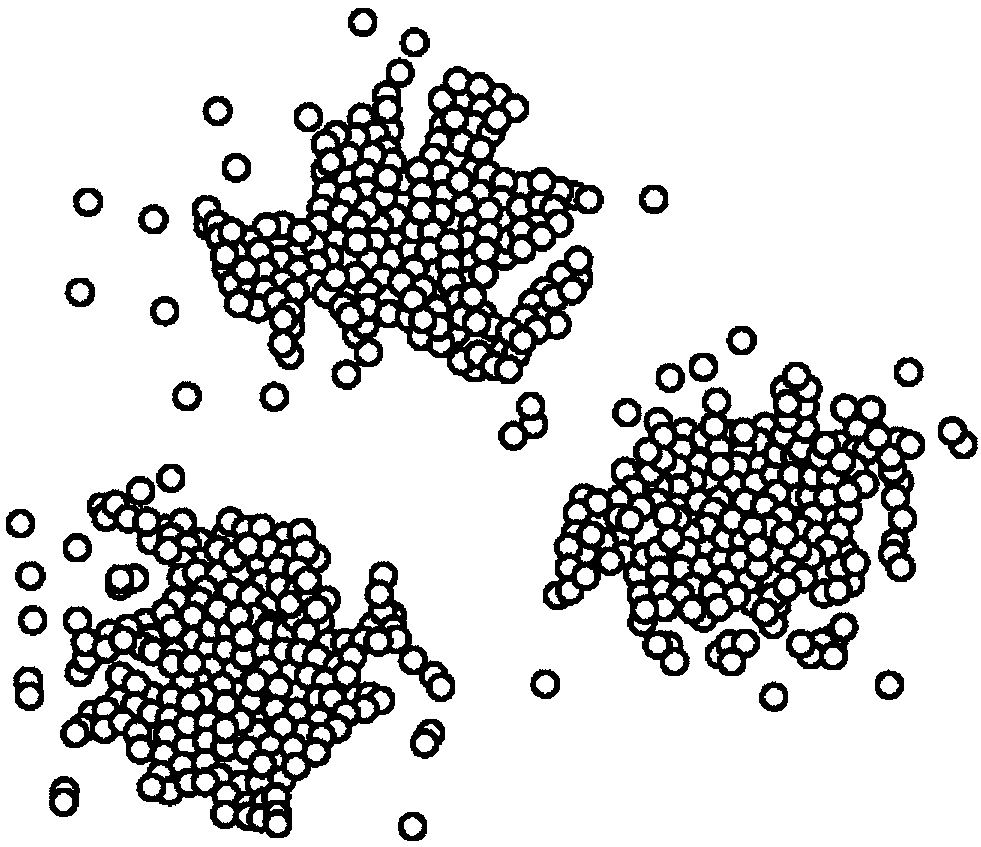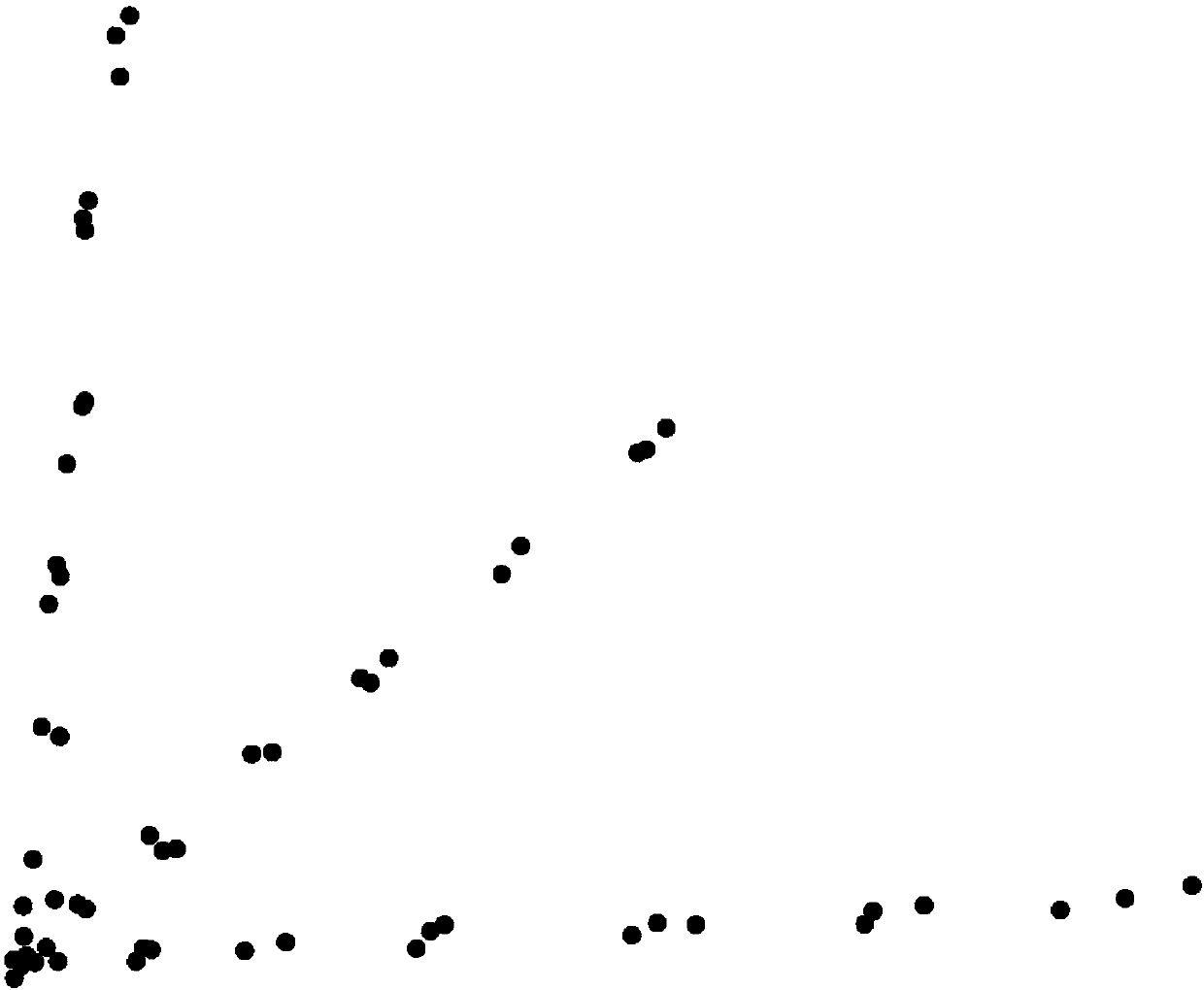Systems and methods for predicting outcomes using a prediction learning model
A group, non-temporary technology, applied in computational modeling, machine learning, medical simulation, etc.
- Summary
- Abstract
- Description
- Claims
- Application Information
AI Technical Summary
Problems solved by technology
Method used
Image
Examples
Embodiment Construction
[0055] Some of the embodiments described herein may be part of the topic of topological data analysis (TDA). TDA is a research field that has produced several methods for studying point cloud datasets from a geometric perspective. Other data analysis techniques use various types of "approximate models." For example, regression methods model data as graphs of functions of one or more variables. Unfortunately, certain qualitative properties, which one can readily observe when the data are two-dimensional, may be of paramount importance to understanding, but these may not be readily represented within such models.
[0056] Figure 1a is an example graph representing data that appears to be partitioned into three non-connected groups. In this example, the data used for this graph may be associated with biomedical data on various physical characteristics of different population groups or on different forms of disease. It has been found that breaking down data into groups in this ...
PUM
 Login to View More
Login to View More Abstract
Description
Claims
Application Information
 Login to View More
Login to View More - R&D
- Intellectual Property
- Life Sciences
- Materials
- Tech Scout
- Unparalleled Data Quality
- Higher Quality Content
- 60% Fewer Hallucinations
Browse by: Latest US Patents, China's latest patents, Technical Efficacy Thesaurus, Application Domain, Technology Topic, Popular Technical Reports.
© 2025 PatSnap. All rights reserved.Legal|Privacy policy|Modern Slavery Act Transparency Statement|Sitemap|About US| Contact US: help@patsnap.com



